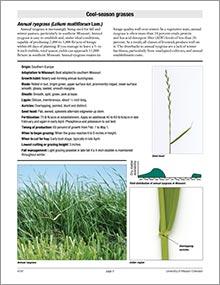

Dairy Grazing: Selecting the Right Forage, Page 02
Reviewed
Annual ryegrass offers fast growth, winter hardiness, and high nutritional value, making it an excellent choice for dairy grazing and temporary pasture.
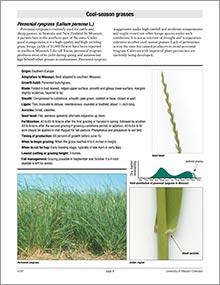
Dairy Grazing: Selecting the Right Forage, Page 05
Reviewed
Learn about perennial ryegrass and its adaptation to Missouri's climate, including best growth practices, grazing management, and fertilization tips.
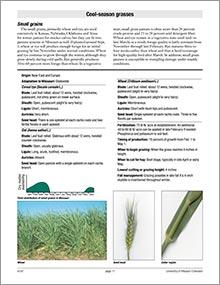
Dairy Grazing: Selecting the Right Forage, Page 08
Reviewed
Discover tips for selecting the right forages like small grains for winter grazing, including planting and management strategies tailored to Missouri's climate.
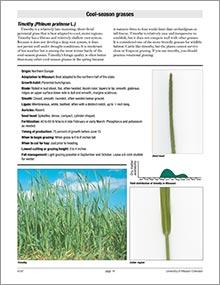
Dairy Grazing: Selecting the Right Forage, Page 11
Reviewed
Discover the characteristics, growth habits, and management tips for timothy grass (Phleum pratense L.) in dairy grazing systems.
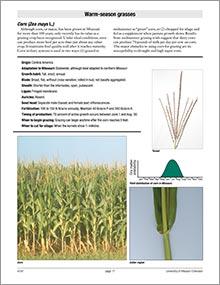
Dairy Grazing: Selecting the Right Forage, Page 14
Reviewed
Discover the benefits and challenges of using corn for grazing dairy cows, including high feed yield, quality, drought risk, and input costs.

Dairy Grazing: Selecting the Right Forage, Page 17
Reviewed
Indiangrass is a warm-season, perennial grass offering quality forage and wildlife habitat. Best grown in mixtures, it thrives statewide with proper management.
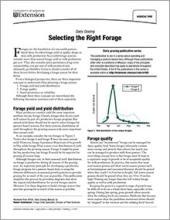
Dairy Grazing: Selecting the Right Forage, Page 32
Reviewed
The publication offers guidance on selecting the right forage for dairy grazing, including various types of grass and their yield, quality, and persistence.
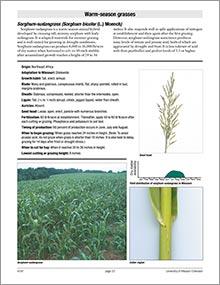
Dairy Grazing: Selecting the Right Forage, Page 20
Reviewed
Learn about sorghum-sudangrass, a warm-season annual hybrid ideal for summer grazing, known for high yield and drought tolerance.
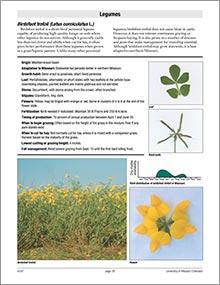
Dairy Grazing: Selecting the Right Forage, Page 23
Reviewed
Learn to choose the right forage for dairy grazing, with details on various legumes, grasses, and management tips for better productivity and sustainability.
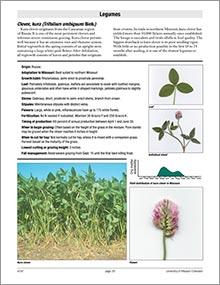
Dairy Grazing: Selecting the Right Forage, Page 26
Reviewed
Crimson clover is a high-protein legume ideal for early spring grazing. Learn about its growth, benefits, and ideal conditions for effective dairy grazing.
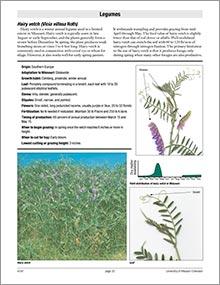
Dairy Grazing: Selecting the Right Forage, Page 29
Reviewed
Red clover, a short-lived perennial legume well-suited for Missouri pastures, offering high-quality forage and adaptability to less-than-ideal soil conditions.

Dairy Grazing: Selecting the Right Forage, Page 03
Reviewed
Forage selection for dairy grazing, focusing on Kentucky bluegrass, its growth, management, and benefits. Ideal for grazing systems in northern regions.

Dairy Grazing: Selecting the Right Forage, Page 06
Reviewed
Discover the characteristics, growth habits, and management practices for prairiegrass (Bromus wildenowii Kunth) in dairy grazing systems.
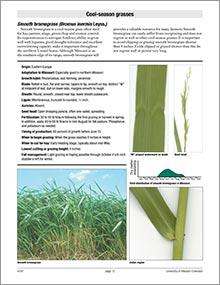
Dairy Grazing: Selecting the Right Forage, Page 09
Reviewed
Discover the benefits of Smooth bromegrass for dairy grazing, including its growth habits, adaptability, and tips for optimal management.
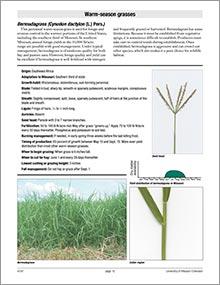
Dairy Grazing: Selecting the Right Forage, Page 12
Reviewed
Explore tips on selecting and managing bermudagrass for dairy grazing. Learn about its growth habits, yield, and care for optimal forage production.

Dairy Grazing: Selecting the Right Forage, Page 15
Reviewed
Crabgrass is a high-quality, warm-season forage that thrives in various conditions, offering valuable nutrition for livestock.
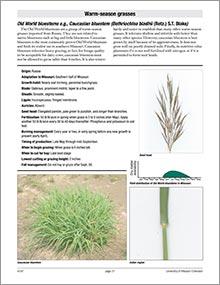
Dairy Grazing: Selecting the Right Forage, Page 18
Reviewed
Learn about Old World bluestems, such as Caucasian bluestem, their characteristics, adaptation, and management practices for optimal forage production.
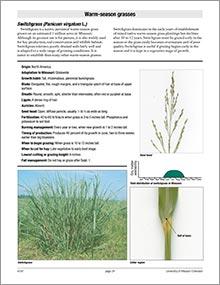
Dairy Grazing: Selecting the Right Forage, Page 21
Reviewed
Switchgrass is a hardy, warm-season grass ideal for pastures and hay. It thrives in Missouri soils and provides quality grazing when managed properly.
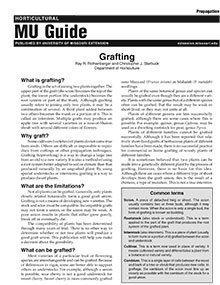
Grafting
Reviewed
Grafting is the act of joining two plants together and is a way to change a large tree from an old to a new variety. Visit our site to learn more.
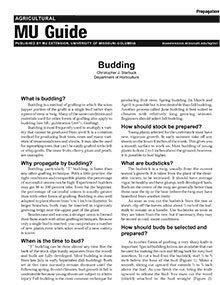
Budding
Reviewed
Budding is a grafting technique where a single bud is inserted into a plant stock, often used to propagate fruit trees and ornamental plants. The best time is in fall.
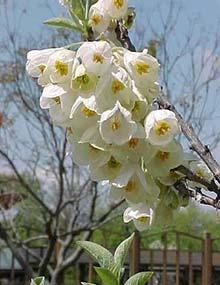
Gardening in the Shade, Page 08
Revised
Discover small trees ideal for shaded urban yards, including dogwoods, serviceberry, and hornbeam, with details on size, soil needs, and fall color.

Growing Black Walnut for Nut Production: Orchard Establishment and Early Management
Revised
Eastern black walnut trees (Juglans nigra) produce high-valued hardwood products and distinctively flavored, highly nutritious, edible kernels.
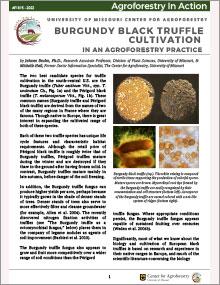
Burgundy Black Truffle Cultivation in an Agroforestry Practice
Revised
Editor's note
The following abstract describes a publication that is intended for distribution as a downloadable PDF.
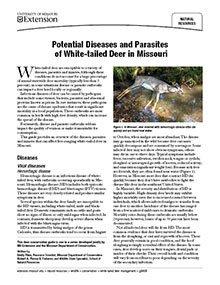
Potential Diseases and Parasites of White-tailed Deer in Missouri
Reviewed
White-tailed deer are susceptible to a variety of issues. Visit our site to learn about Potential Diseases and Parasites of White-tailed Deer in Missouri.
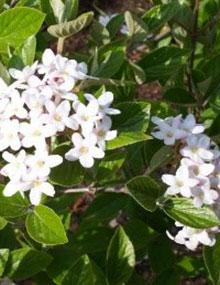
Gardening in the Shade, Page 03
Revised
Discover shade-tolerant deciduous shrubs like arrowwood viburnum, bottlebrush buckeye, and oakleaf hydrangea to enhance your shaded garden spaces.